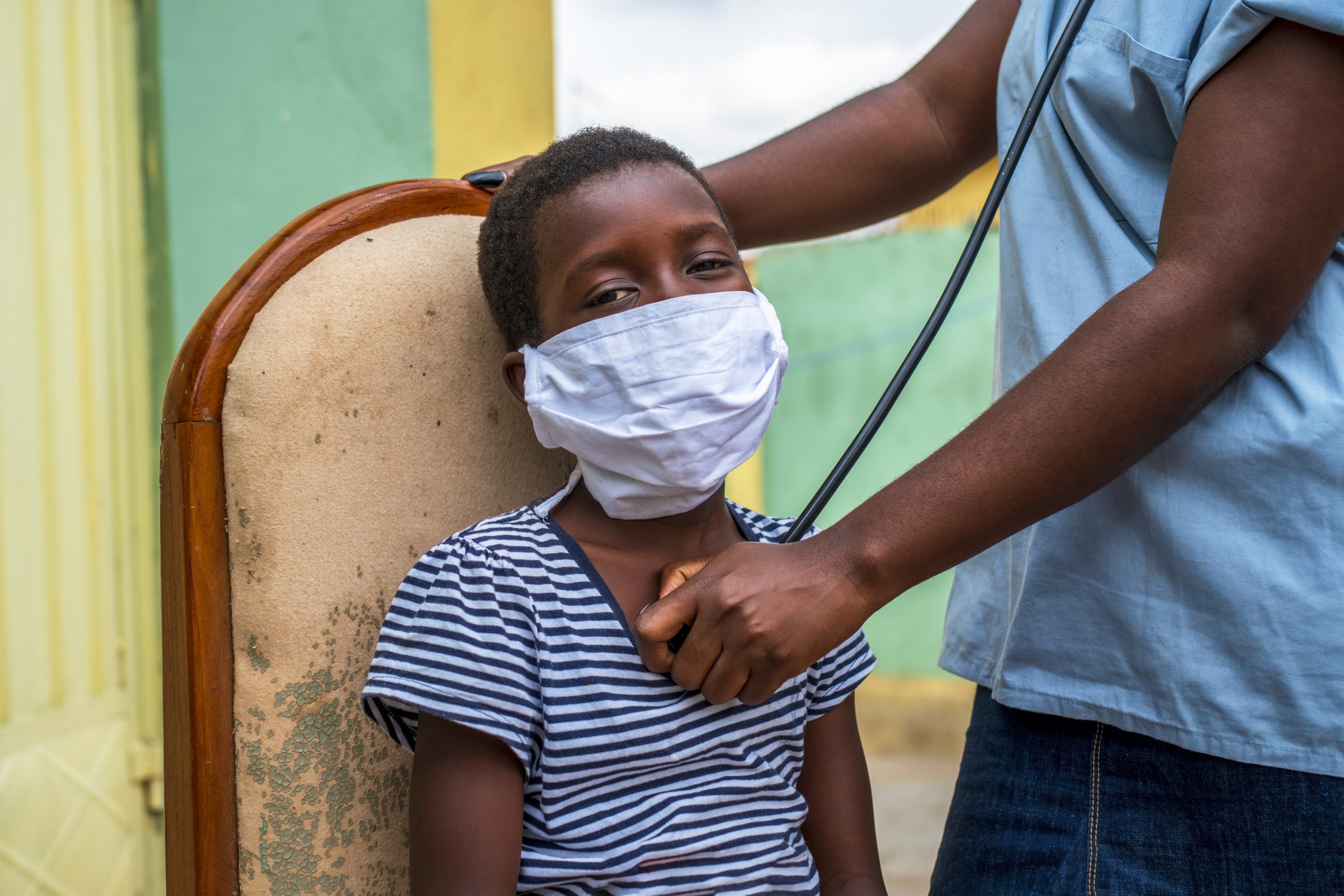

Overcrowding, high rates of tobacco use, low vaccination uptake, and damage from a severe respiratory infection in infancy are some of the reasons that have been proposed to explain why indigenous children have more chronic lung disease than other children in North America—but there is no conclusive evidence.
One of the possibilities, according to a team of scientists led by Dr. Adam Shapiro at the Research Institute of the McGill University Health Center (RI-MUHC), could lay in a specific genetic mutation known to produce a rare disorder known as primary ciliary dyskinesia (PCD). Dr. Shapiro discovered four cases of this condition in unrelated indigenous North American children caused by identical mutations in the gene DNAL1 while working with other physicians and scientists in Canada and the United States.
“When we found First Nations children with primary ciliary dyskinesia caused by mutations in an extremely rare gene, we knew there would be other cases, so we kept looking. The fact that we found four cases among dispersed indigenous populations suggests that PCD may be much more common in the First Nations than we ever thought,” says Dr. Shapiro, the investigator in the Child Health and Human Development Program at the RI-MUHC and pediatric respirologist at the Montreal Children’s Hospital of the MUHC. “This should encourage other physicians across North America to test for PCD in indigenous children with chronic lung disease.”
Primary ciliary dyskinesia is a rare genetic illness of the cilia, which are minute hair-like structures that sweep the airways, ears, and sinuses clean of inhaled particles and germs that cause infection. Symptoms usually appear soon after delivery or in early infancy. They include repeated pneumonia and middle ear infections, as well as a chronic wet cough and nasal congestion. PCD is frequently connected with bronchiectasis, a chronic disorder characterized by persistent damage to the airways that is 30-40 times more prevalent in certain indigenous groups than in rich Western civilizations. PCD children frequently require hospitalization.
“People with PCD cannot effectively get mucus out of their lungs, which leads to many bronchial infections. But because PCD symptoms look like a number of other common lung diseases, the disease often goes unnoticed,” explains Dr. Shapiro, who has worked with the Genetic Disorders of Mucociliary Clearance Consortium for many years pioneering the diagnostic criteria for PCD.
When the disease is detected early on, therapy can be prescribed to assist limit its course. Unfortunately, PCD is difficult to diagnose since it necessitates a battery of tests to rule out more frequent illnesses, as well as specialist tests to identify defective genes associated with the condition.
“So far, we have found variants in more than 50 different genes that cause PCD, and that is why finding identical mutations in one specific gene, among geographically distant Canadian First Nations and Native American populations, is so significant,” adds Dr. Shapiro. Our finding means further PCD genetic testing and population analyses could detect larger numbers of indigenous PCD patients, who would benefit from early disease recognition and timely treatment initiation. It also means respiratory conditions in indigenous children should not be blamed on socioeconomic exposures or on damage from past respiratory infections unless extensive testing (including PCD genetics) has been performed.”
The study’s authors underline the importance of suspecting and investigating PCD in indigenous patients with important PCD clinical characteristics beginning in early infancy and/or bronchiectasis. Diagnostic testing using commercial genetic testing could be pursued in health centers lacking specialist PCD expertise.
Dr. Shapiro, who is actively involved in new gene discoveries for PCD, runs a clinic that offers cutting-edge diagnostic testing, including phenotype and genotype testing. He also takes part in a number of pharmacological trials for potential therapeutic medicines to treat Parkinson’s disease and other respiratory disorders.
“Here at the MUHC, we have diagnosed one of the largest PCD patient populations in the world. We have developed specialized expertise and have acquired one of the only machines in Canada that can perform a non-invasive test to measure a special gas coming out the nose called nasal nitric oxide, which is very low in PCD patients,” says Dr. Shapiro, who is also an associate professor in the Department of Pediatrics at McGill University. “What we do is real patient-oriented research: research that is part of the clinical care.”
more recommended stories
 Phage Therapy Study Reveals RNA-Based Infection Control
Phage Therapy Study Reveals RNA-Based Infection ControlKey Takeaways (Quick Summary) Researchers uncovered.
 Pelvic Floor Disorders: Treatable Yet Often Ignored
Pelvic Floor Disorders: Treatable Yet Often IgnoredKey Takeaways (Quick Summary) Pelvic floor.
 Urine-Based microRNA Aging Clock Predicts Biological Age
Urine-Based microRNA Aging Clock Predicts Biological AgeKey Takeaways (Quick Summary) Researchers developed.
 Circadian Control of Neutrophils in Myocardial Infarction
Circadian Control of Neutrophils in Myocardial InfarctionKey Takeaways for HCPs Neutrophil activity.
 E-Cigarette Use and Heart Attack Risk in Former Smokers
E-Cigarette Use and Heart Attack Risk in Former SmokersKey Takeaways for Clinicians and Nurses.
 36-Week Pre-eclampsia Screening May Reduce Term Risk
36-Week Pre-eclampsia Screening May Reduce Term RiskA New Preventive Strategy for Term.
 Cardiovascular Risk and Sudden Cardiac Death in Diabetes
Cardiovascular Risk and Sudden Cardiac Death in DiabetesRising Sudden Cardiac Death (SCD) Risk.
 Poor Kidney Function and Alzheimer’s Biomarkers Explained
Poor Kidney Function and Alzheimer’s Biomarkers ExplainedPoor kidney function may influence levels.
 Walking Speed Before Hip Replacement Predicts Recovery
Walking Speed Before Hip Replacement Predicts RecoveryNew Evidence Points to a Simple,.
 Neuroblastoma Drug Combo Extends Survival in Models
Neuroblastoma Drug Combo Extends Survival in ModelsA Promising Shift in High-Risk Neuroblastoma.

Leave a Comment